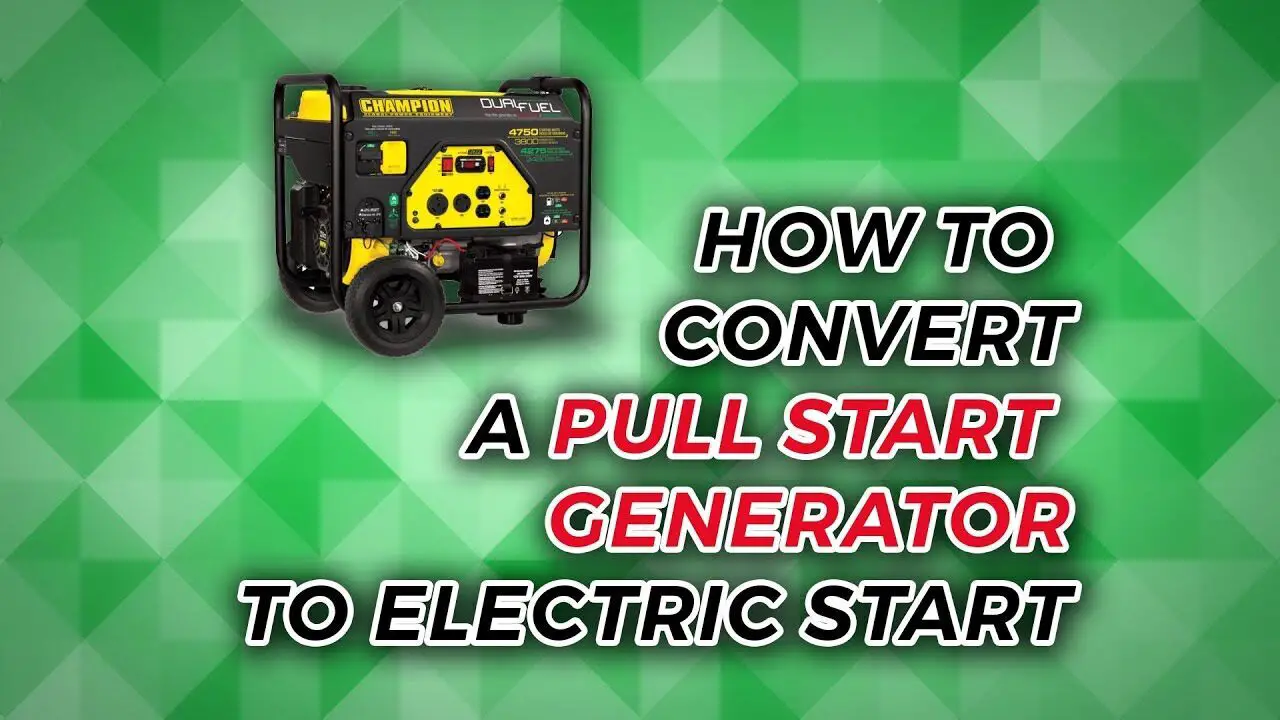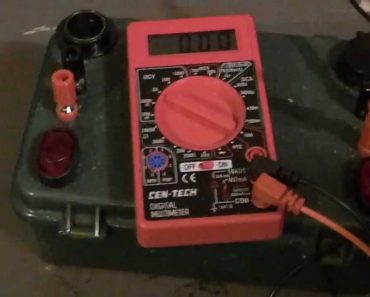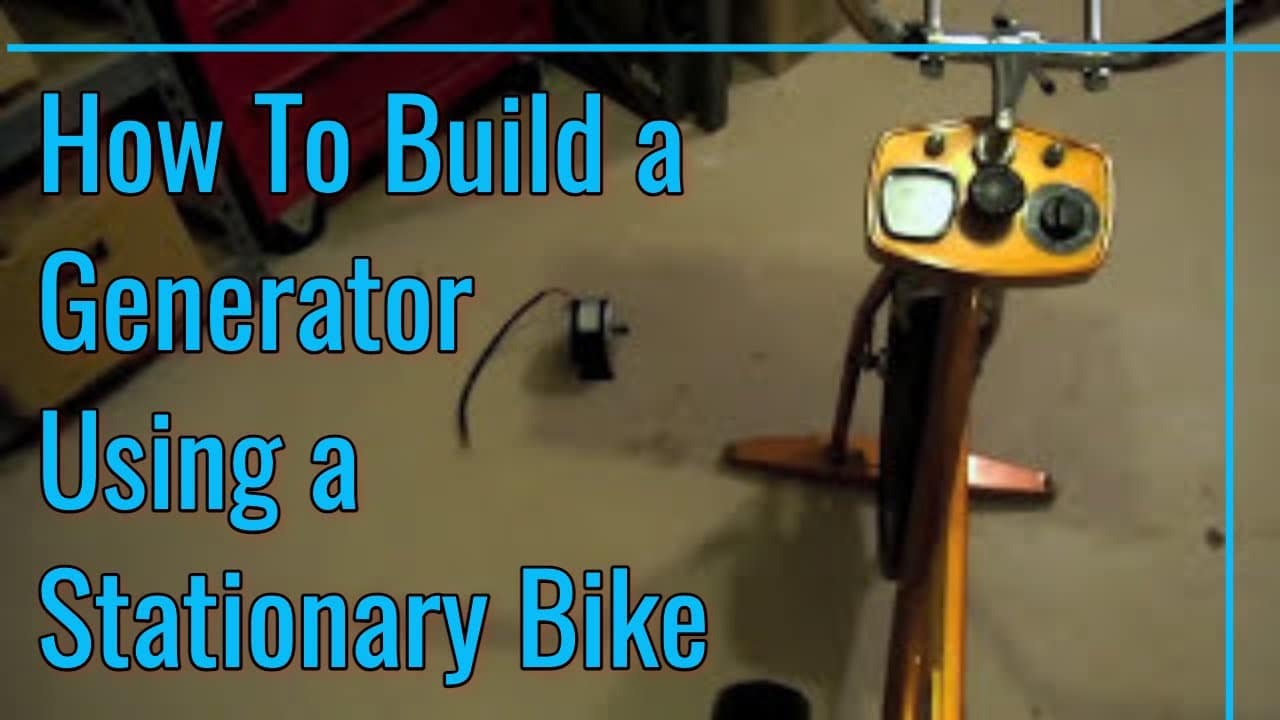Some of my projects are done “just because”, others are experiments or learning exercises, but some – like this one – actually has tangible benefits. So lets talk about the benefits of converting small engines to propane. The self reliant gain several advantages when converting small engines to LPG from gasoline. Some tout the ecological […]
Category: Power Generation
How to Make a DIY Battery Box
Being a DIY’er is a lot like being a gun guy. Any self respecting gun guy has (at one time or another) bought a gun simply because he had either a holster or an odd box of ammunition that he didn’t have a gun for. This DIY Battery Pack project is like that. I […]
DIY Chlorine Battery
I will tell you right now, a homemade chlorine battery is not going to be as cost effective as commercial batteries. In the nanny state it is almost impossible to get pure enough chemicals to really experiment. However, I think it is important for the sustainable power types to understand what is going on within […]





